Despite the recognized efficacy of immersive Virtual Reality (iVR) in skill learning, the design of iVR-based learning units by subject matter experts (SMEs) based on target requirements is severely restricted. This is partly due to a lack of...
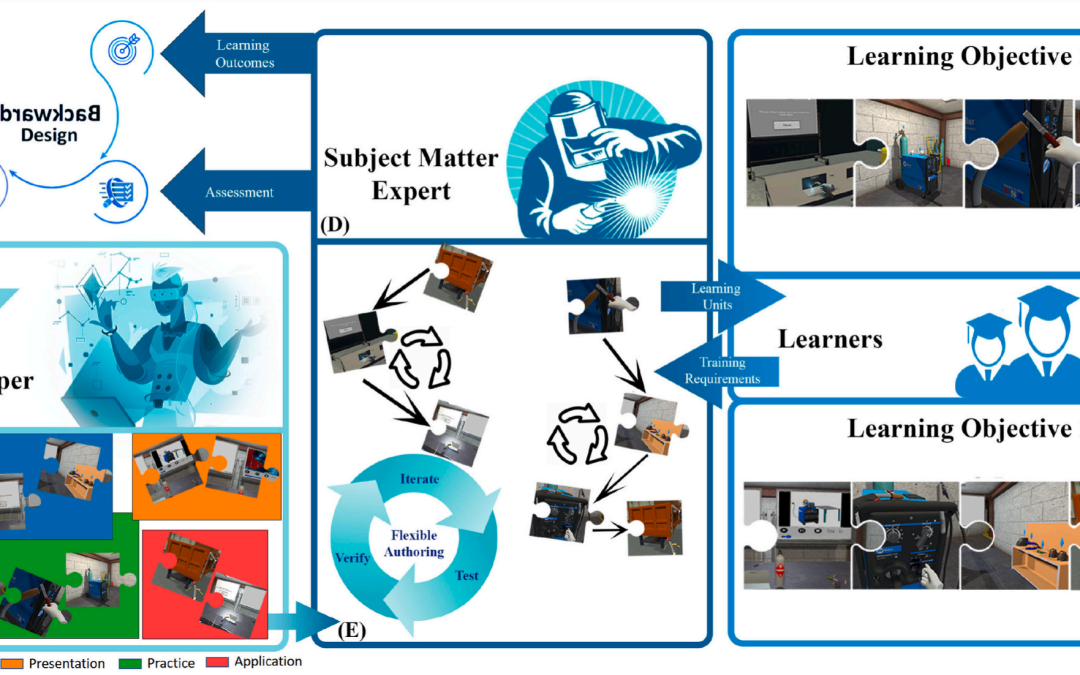

Despite the recognized efficacy of immersive Virtual Reality (iVR) in skill learning, the design of iVR-based learning units by subject matter experts (SMEs) based on target requirements is severely restricted. This is partly due to a lack of...

Computer vision (CV) algorithms require large annotated datasets that are often labor-intensive and expensive to create. We propose AnnotateXR, an extended reality (XR) workflow to collect various high-fidelity data and auto-annotate it in a single...
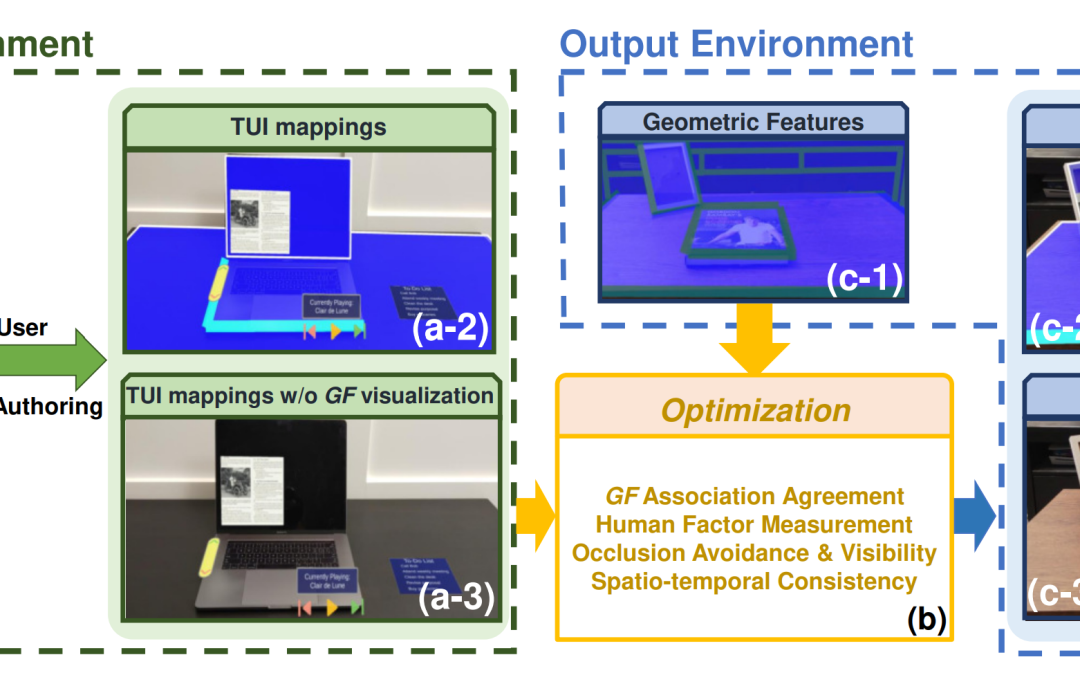
With the advents in geometry perception and Augmented Reality (AR), end-users can customize Tangible User Interfaces (TUIs) that control digital assets using intuitive and comfortable interactions with physical geometries (e.g., edges and...
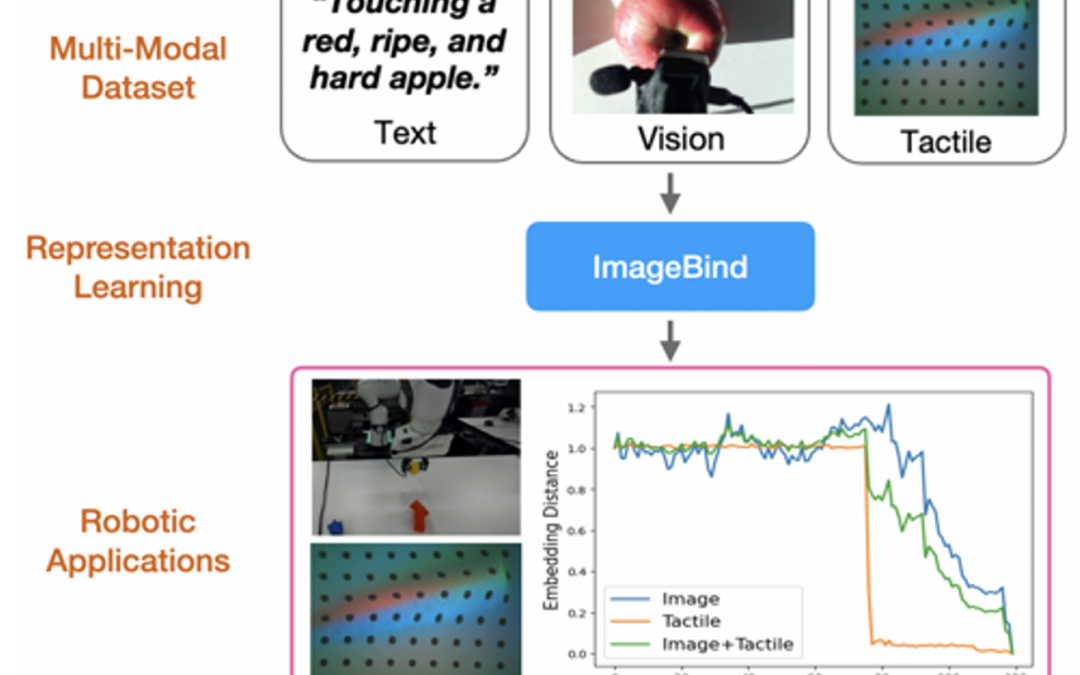
Advancements in embodied language models like PALM-E and RT-2 have significantly enhanced language-conditioned robotic manipulation. However, these advances remain predominantly focused on vision and language, often overlooking the pivotal role of...
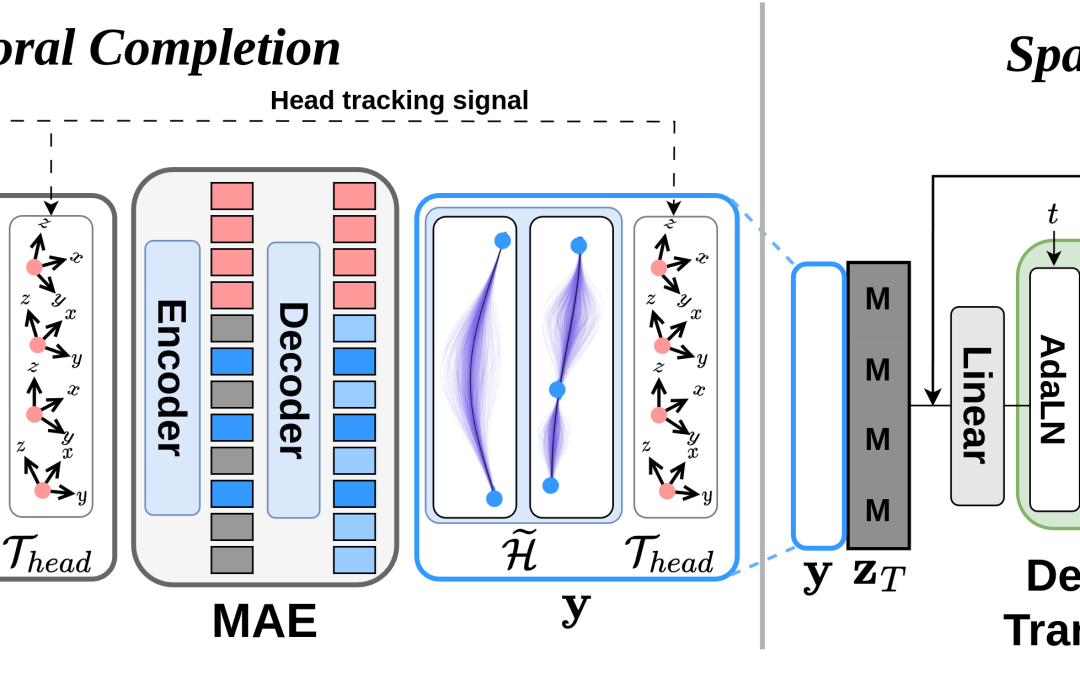
We study the problem of estimating the body movements of a camera wearer from egocentric videos. Current methods for ego-body pose estimation rely on temporally dense sensor data, such as IMU measurements from spatially sparse body parts like the...
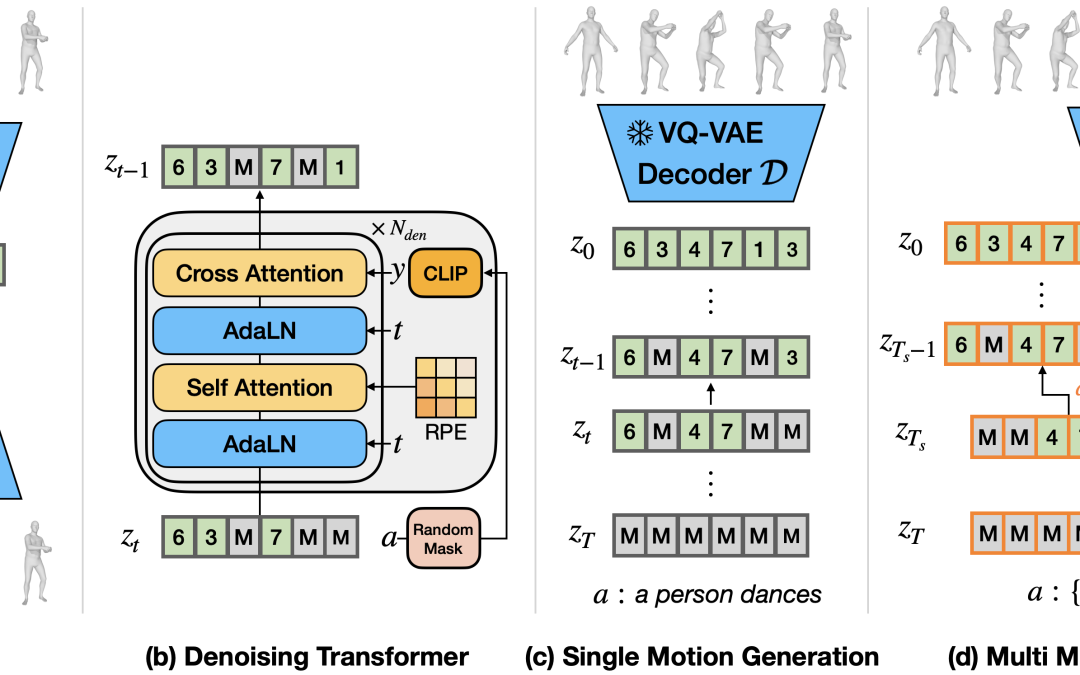
We introduce the Multi-Motion Discrete Diffusion Models (M2D2M), a novel approach for human motion generation from textual descriptions of multiple actions, utilizing the strengths of discrete diffusion models. This approach adeptly addresses the...
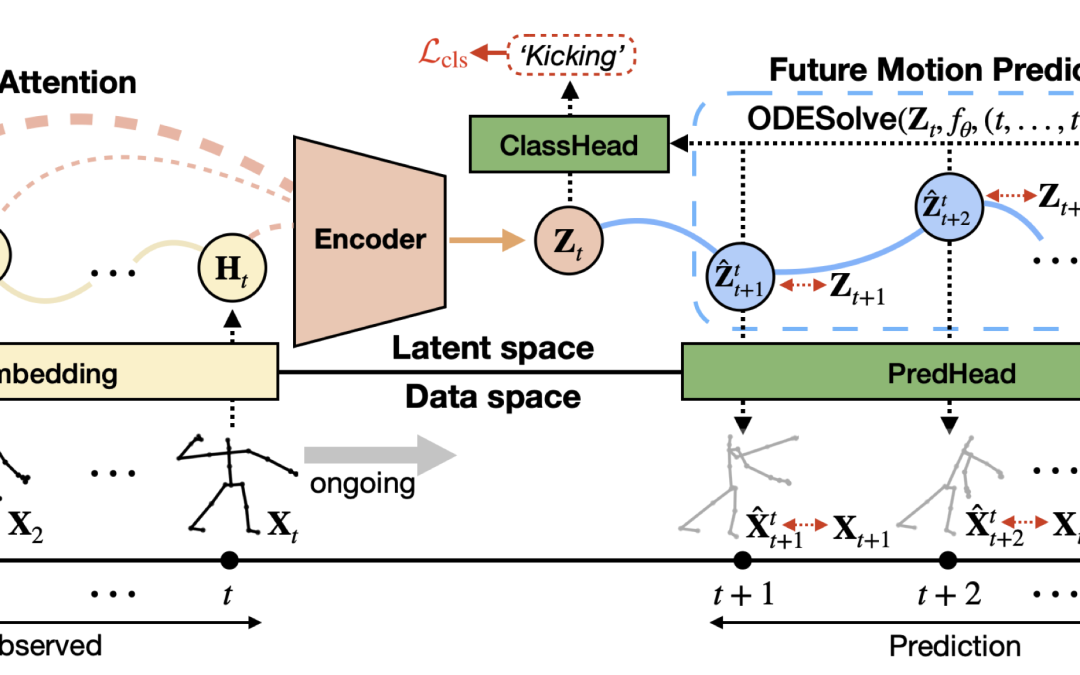
Skeleton-based action recognition has made significant advancements recently, with models like InfoGCN showcasing remarkable accuracy. However, these models exhibit a key limitation: they necessitate complete action observation prior to...
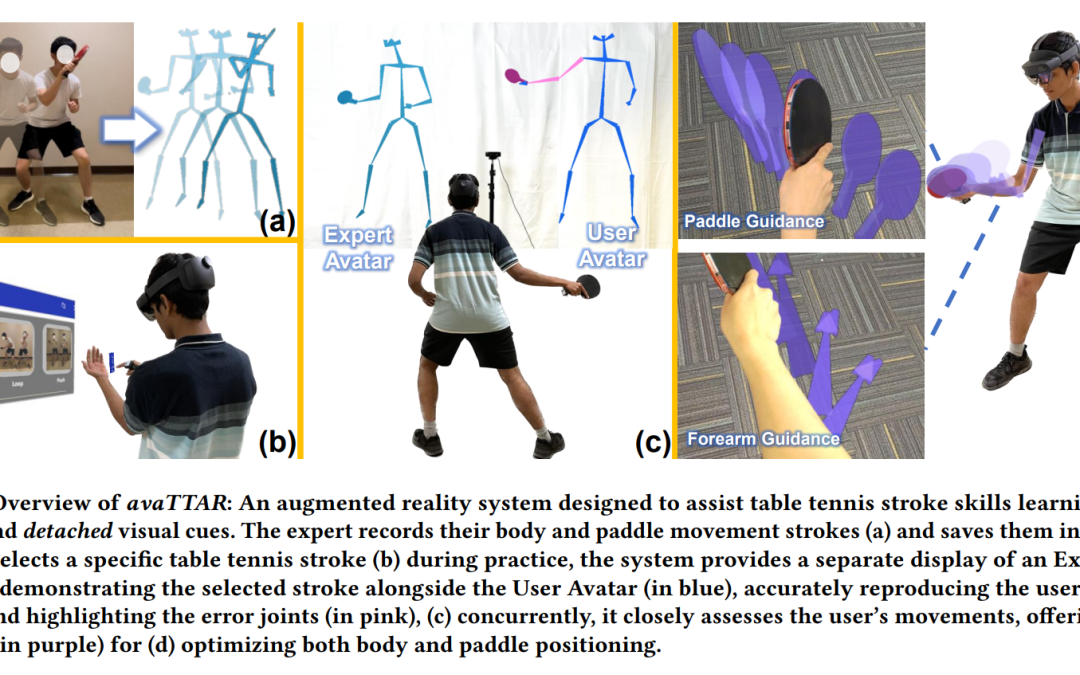
Table tennis stroke training is a critical aspect of player development. We designed a new augmented reality (AR) system, avaTTAR, for table tennis stroke training. The system provides both "on-body" (first-person view) and "detached" (third-person...
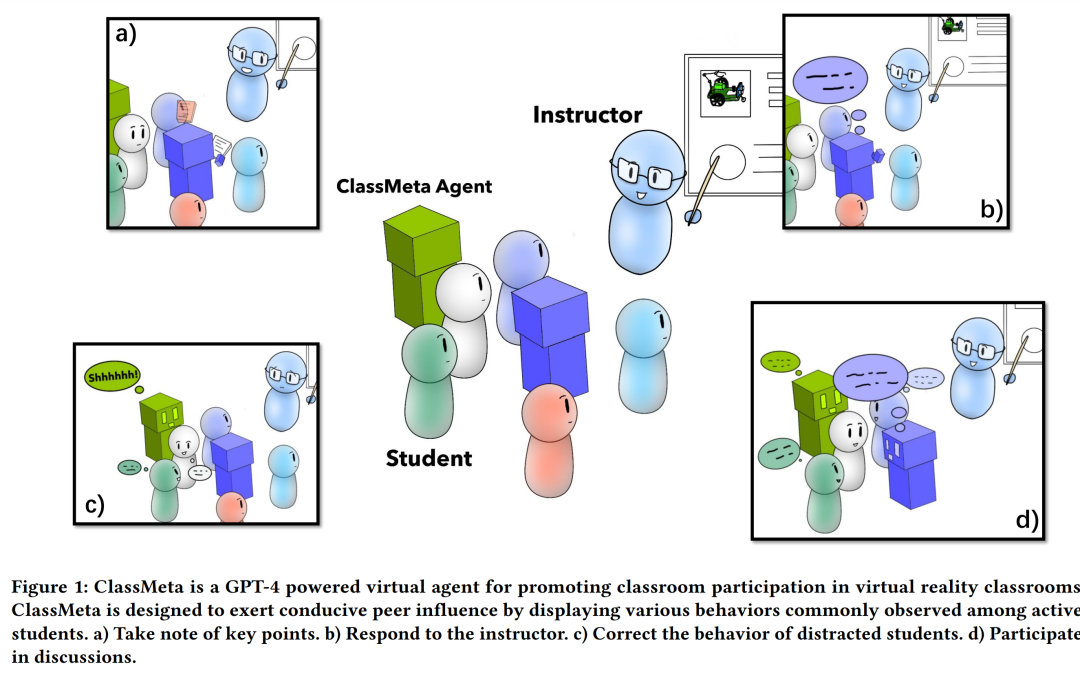
Peer influence plays a crucial role in promoting classroom participation, where behaviors from active students can contribute to a collective classroom learning experience. However, the presence of these active students depends on several...